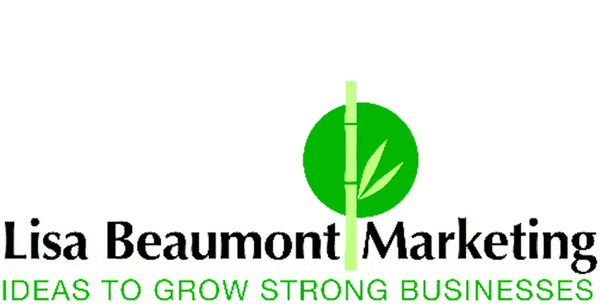Last week I reiterated that I have applied the Ansoff matrix to identify how I plan to fill my performance gap by concentrating on two types of development: market development and product development.
• Market development: This means that I will take my existing product range into a new area, or segment. The risks which Paul Fyfield highlights in respect of this activity are twofold, first, ”it is unlikely that a product will move satisfactorily from one segment to another without modification to enable it to meet the different needs of the new user group” and, second, ”there will be a lot of learning to do for the organisation that embarks on market development activity”**. I have deliberately chosen to relocate my Marketing Clinic from central Tunbridge Wells to the Parish of Rusthall because of my familiarity with the village, thanks to my involvement in the non-profit projects Rusthall Festival & Rusthall Community Arts 2016-2017. I plan to use my knowledge of the community to pitch my offering correctly.
• Product development: This approach relies on generating new or additional products which might be offered to an existing market, thereby increasing overall sales levels. For my own business proposition, I have decided to re-package the marketing clinic by developing it with an online option which will provide the benefit of convenience for those customers who are unable to attend a clinic in person and it will widen the geographical area which I am able to serve. This will be a significant development which should offset the potential risk of cannibalisation, which is always a risk when a product range is expanded. More products does not automatically lead to more customers; it is likely that the same customers will be redistributed across the expanded range. It is important to be prepared to be patient when pursuing a phase of development for your business. Rather like a flower first forms a bud prior to blooming, there is likely to be a period of time before it can fully open.
*All models can be found in the Quick Reference Cabinet in the Resources Centre which will be available soon on the website
**Paul Fyfield, Marketing Strategy 1992, p. 138

